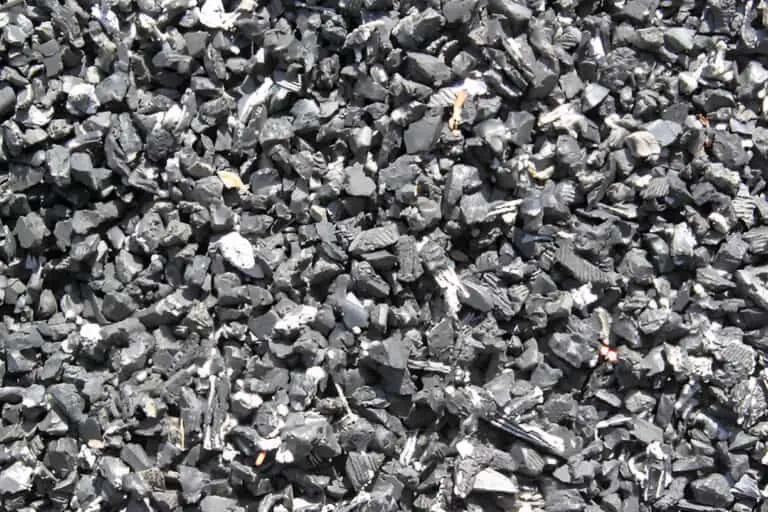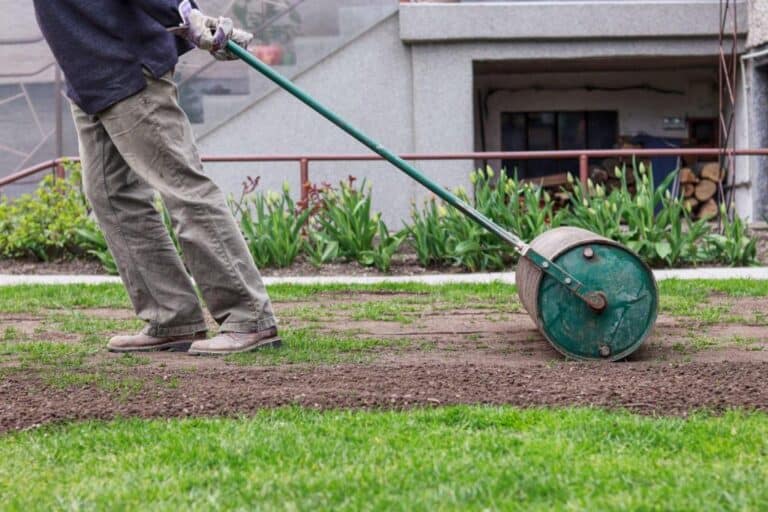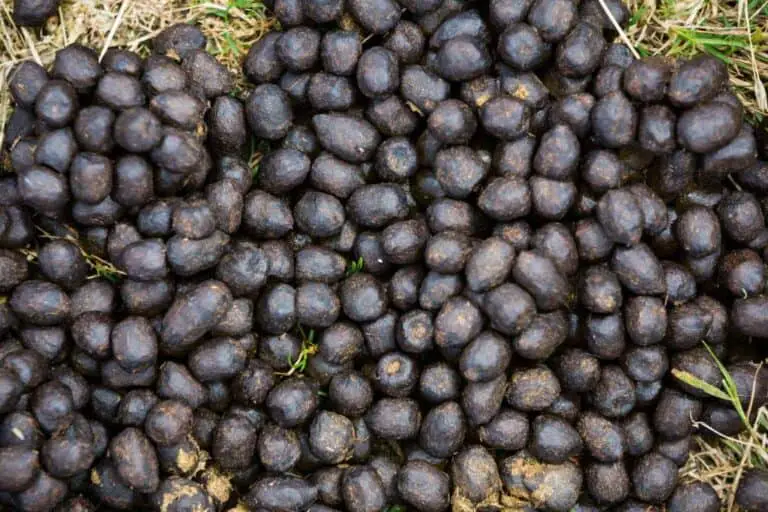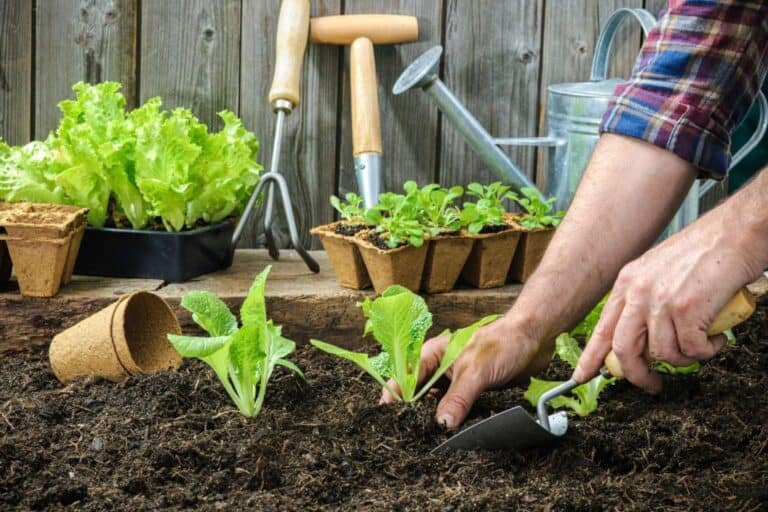Do You Water Mulch After or Before Putting It Down?
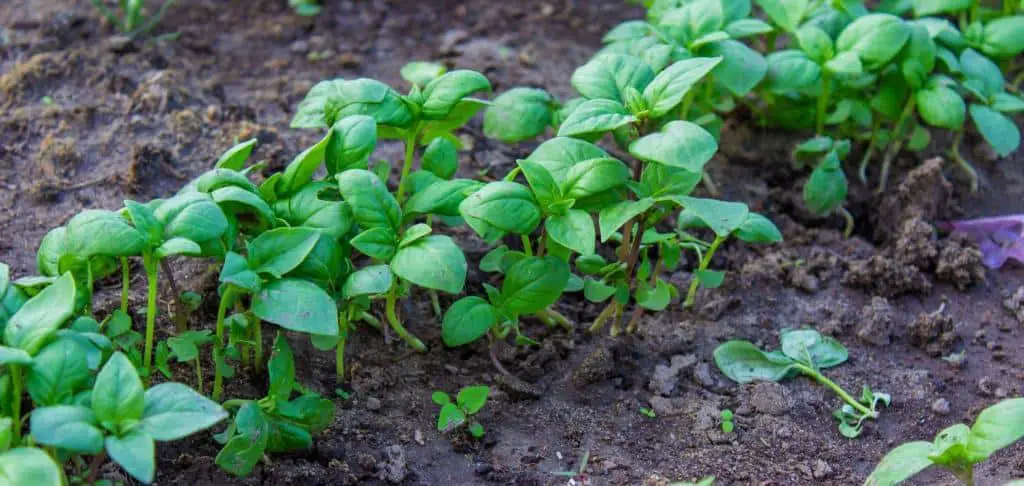
When it comes to gardening and landscaping, mulch is a staple for both professionals and enthusiasts alike. This layer of organic material helps to keep water in the soil, stops weeds from growing, and keeps plants warm.
However, with the benefits of mulch come questions about how to properly apply it to achieve the best results. One question that arises is whether to water the area before or after laying down the mulch.
With different opinions and contradictory information online, it can be hard to figure out the best way to do something. In this article, we’ll explore the pros and cons of watering before or after mulching to help you make an informed decision for your gardening needs.
Understanding Basic Mulch
Mulch is an essential element in gardening and landscaping, but many people don’t understand its benefits. Mulching involves spreading a layer of organic or inorganic material on top of the soil surface around plants.
There are different types of mulch available on the market that cater to various needs.
1. Organic Mulches
Organic mulches such as bark chips or shredded leaves provide nutrients to the soil as they decompose, adding organic matter to it. Organic mulch is especially good at controlling soil temperature because it keeps the soil from getting too hot or too cold. It also helps to conserve moisture by reducing evaporation from the soil surface. Additionally, organic mulch can decompose over time, releasing nutrients into the soil that plants can use.
2. Inorganic Mulches
Inorganic mulches like rocks or gravel offer long-lasting protection and are perfect for areas with high foot traffic or wind erosion. Weeds are harder to grow where there is inorganic mulch because it creates a physical barrier that stops weeds from growing. It is also long-lasting and does not break down over time, making it a good choice for areas where long-term mulching is desired.
When selecting mulch, it is important to consider the specific needs of the garden or landscape. For example, organic mulch may be more effective in areas where water conservation is a priority, while inorganic mulch may be more effective in areas where weed control is a concern.
In addition to selecting the right type of mulch, it is important to apply it properly. Mulch should be spread in a layer that is 2-4 inches deep, being careful not to cover the base of plants or tree trunks. This will help to prevent moisture buildup and fungal growth.
Benefits of Mulching for Plants
Mulch’s main job is to protect plant roots from extreme temperatures, keep water in the soil, stop weeds from growing, and improve the soil’s fertility over time.
One of the primary benefits of mulching is that it helps to conserve soil moisture by reducing evaporation from the soil surface. By creating a physical barrier between the soil and the atmosphere, mulch helps to retain moisture in the soil, which is especially important during hot and dry weather conditions.
This can be particularly beneficial for plants that have shallow roots or are sensitive to drought, as it helps to ensure that they have a consistent supply of water.
Another important benefit of mulching is that it helps to regulate soil temperature by reducing fluctuations caused by changes in weather conditions. This can be especially important in areas with extreme temperatures, as it can help to keep the soil cool during hot summer days and warm during cold winter nights.
Additionally, mulch can help reduce and prevent soil erosion by protecting the soil surface from wind and water erosion, preventing nutrient loss and soil degradation.
Mulching also provides an excellent source of nutrients to the soil as it breaks down over time. Organic mulches like leaves, bark, and compost can decompose, enriching the soil with vital nutrients that plants need for growth and development. Moreover, mulching can improve soil structure and fertility, leading to healthier plants and better yields.
Do You Water Mulch After or Before Putting It Down?
One of the common questions that gardeners and landscapers ask is whether they should water the soil before or after putting down mulch. The answer to this question depends on several factors, including the type of mulch being used, the climate conditions, and the watering needs of the plants.
Watering the soil before putting down mulch can have several advantages. Firstly, it can help to moisten the soil and ensure that the mulch stays in place once it is applied. This can be particularly beneficial in windy or dry conditions, where mulch may be blown away or become dry and brittle without adequate moisture.
Watering the soil beforehand can also help to improve the effectiveness of the mulch at retaining moisture in the soil, especially during hot and dry weather conditions.
On the other hand, watering the soil after putting down mulch can also have its advantages. Watering the mulch layer after application can help to settle it down and promote better contact with the soil surface. This can help reduce air pockets and ensure that the mulch layer stays in place.
Also, watering the mulch layer after it has been spread can help it do a better job of keeping the soil at the right temperature and level of moisture. The water will soak through the mulch and into the soil.
Ultimately, the best approach to watering mulch depends on the specific needs of the plants and the climate conditions. In general, it is recommended to water the soil before putting down mulch if it is dry or if there is a risk of the mulch layer becoming dry and brittle.
However, if the soil is already moist and there has been adequate rainfall, it may not be necessary to water before applying mulch. After mulching, it is important to monitor soil moisture levels regularly and water as needed to ensure that the plants receive the right amount of water.
How Much Should You Water After Mulching?
After mulching your garden or landscape, you need to make sure that the mulch is adequately watered. Watering after mulching can help to lock the mulch in place and encourage the finer pieces to settle to the bottom, which can provide maximum weed control.
To determine how much water is needed, you need a rain gauge in your yard. Water all mulched areas until the gauge shows that 1 inch (25 mm) of water has been obtained. This may require watering by spraying after mulching for a longer period of time than you are used to, as the mulch can absorb a significant amount of water.
It is important to periodically monitor the soil under the mulch for moisture levels. The soil should feel damp but not soaked. Over-watering can lead to waterlogged soil, which can deprive plants of oxygen and lead to root rot.
How Often Should You Water Plants in Mulch?
In general, the frequency of watering after mulching will depend on a variety of factors, including the type of mulch used, the climate, and the specific needs of the plants in your garden. For example, in places with high temperatures or little rain, you may need to water your plants more often to keep the soil moist enough.
It is also important to water in a way that encourages deep root growth. Instead of watering frequently for short periods of time, it is better to water deeply but less frequently. This will encourage roots to grow deeper into the soil, which can help plants become more drought-resistant over time.
For newly planted plants, the first few weeks will require watering every 2–3 days. After the first week, give a new plant a good soaking once a week during summer, unless rainfall is plentiful (more than 1 inch per week).
As plants become more established, their watering needs will change. In general, it is better to water deeply but less frequently than to give plants a light watering every day. This encourages deep root growth, which can help plants become more drought-resistant over time. Established plants can generally get by on less water, but most grow best if the soil remains evenly moist.

